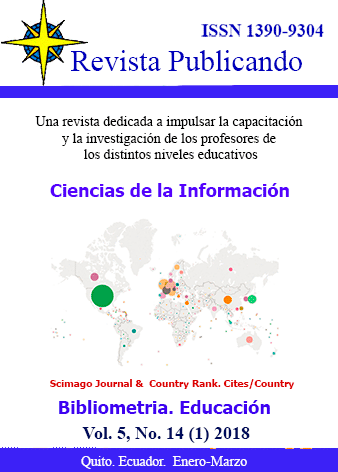Resumen
Symbol is a means for recognition and presentation of subjective and objective extensions for fast retrieval of an object or a concept in human relations. Any change in linguistic symbols will result in the formation of such concepts as interpretation, allegory, symbol, metaphor and so on and so forth. If the total arrangement of the symbols is in a way that it brings about a covered narrative or text that contains various meanings we can describe that text as allegory. Then exemplification in Persian is something between allegory and irony. In the current research we will analyze the allegories of Rumi”™s Spiritual Couplets (better known as Masnavi) based on the ideas of formalist researchers and an approach grounded in the modern morphology focusing on the theories of great scholars of Persian literature. This essay seeks to demonstrate that all parables of the Spiritual Couplets are related with Rumi”™s Song of the Reed (Spiritual Couplets Exordium) and by deciphering these narratives we can near ourselves to the truth of Rumi”™s worldview.
Referencias
Esparham, Davood (2017): Allegory, Imagination and Hermeneutics, second edition, Tehran: Arayan.
Aslani (Hamedan), Muhammad Reza (2006): A Dictionary of Ironical Terms, Tehran: Karoon.
Erwin, William (2014): A Philosophy for Life and Stoic Life in Contemporary World, translated by Mahmood Moqadasi, Tehran: Nashr-e Goman.
Prop, Vladimir (1989): Morphology of Fairytales, translated by Ferydoon Badrei, first edition, Tehran: Toos.
Hafez, Shams al-Din Muhammad (2003): Shakh-e Nabat of Hafiz, edited by Mohammad Reza Barzegar Khaleqi, Tehran: Zavvar.
Dehkhoda, Ali Akbar (1998): Encyclopedia, second edition, Tehran, Tehran University.
Zarinkoob, Abdulhossein (2005): Broken Ladder, second edition, vol. 1, Tehran: Nashr-e Sokhan.
Zamani, Karim (1993): Comprehensive Interpretation of Spiritual Couplets, first edition, Tehran: Etellaat.
Gulpinarli, Abdulbaqi (1995): Prose and Interpretation of Spiritual Couplets, translated by Tofiq Subhani, vol. 1, second edition, Tehran: Ministry of Culture and Islamic Guidance.
Moosavi Bojnoordi, Kazem (2001): Islamic Encyclopedia, vol. 14, Tehran: Center for Great Islamic Encyclopedia.
Rumi, Jalaladdin Muhammad (2011): Spiritual Couplets, edited by Reynold Nicholson, fifth edition, Tehran: Hermes.
Rumi, Jalaladdin Muhammad (1997): Divan-e Shams, edited by Badi al-Zaman Froozanfar, fourteenth edition, Tehran: Amir Kabir.
Usted es libre de:
Compartir — copiar y redistribuir el material en cualquier medio o formato
Adaptar — remezclar, transformar y construir a partir del material
La licenciante no puede revocar estas libertades en tanto usted siga los términos de la licencia
Bajo los siguientes términos:
Atribución — Usted debe dar crédito de manera adecuada, brindar un enlace a la licencia, e indicar si se han realizado cambios. Puede hacerlo en cualquier forma razonable, pero no de forma tal que sugiera que usted o su uso tienen el apoyo de la licenciante.
NoComercial — Usted no puede hacer uso del material con propósitos comerciales.
CompartirIgual — Si remezcla, transforma o crea a partir del material, debe distribuir su contribución bajo la lamisma licencia del original.
